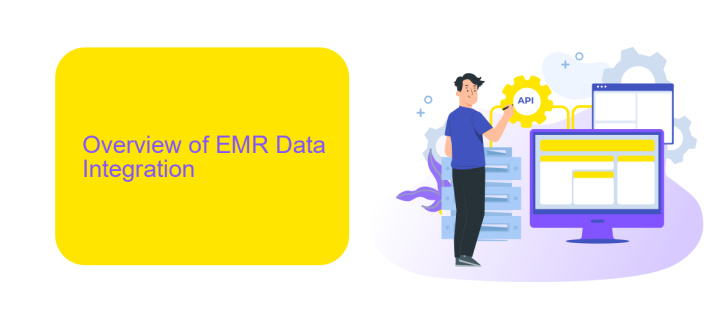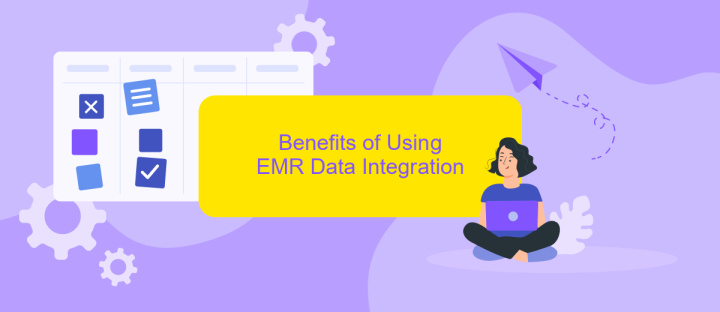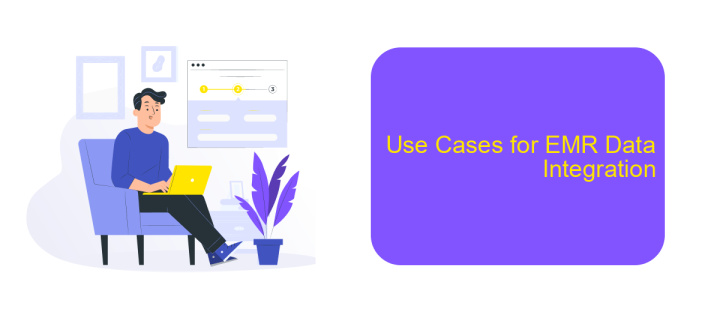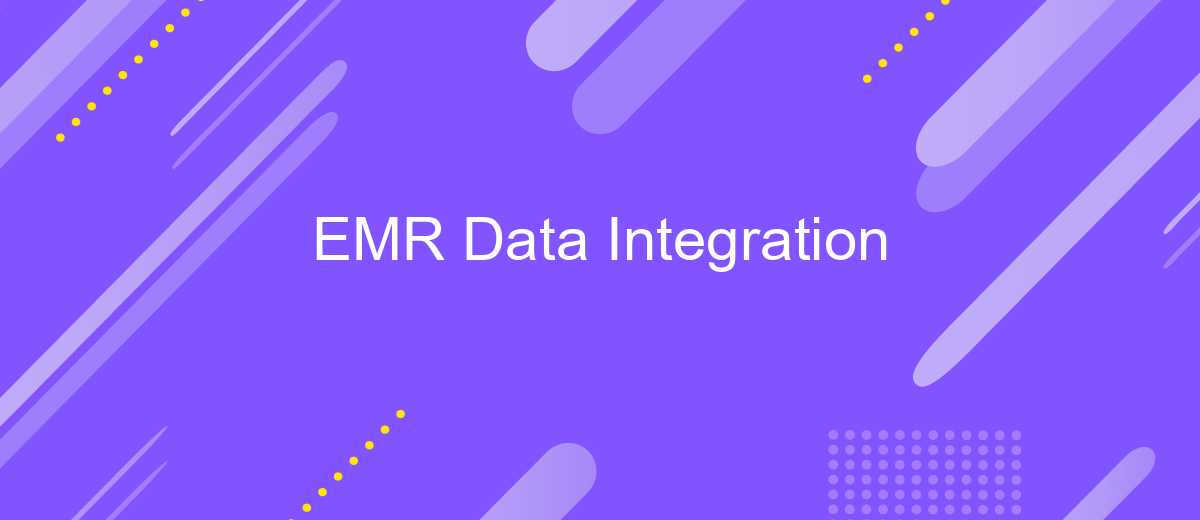EMR Data Integration
Electronic Medical Records (EMR) data integration is revolutionizing healthcare by seamlessly connecting disparate data sources to provide comprehensive patient insights. This integration enhances clinical decision-making, improves patient outcomes, and streamlines operations. In this article, we explore the key benefits, challenges, and best practices associated with EMR data integration, offering valuable insights for healthcare professionals and organizations aiming to optimize their data management systems.
Introduction
Electronic Medical Records (EMR) data integration is a critical process in modern healthcare, enabling seamless access to patient information across different systems. By integrating EMR data, healthcare providers can ensure better patient care, improved operational efficiency, and enhanced data accuracy. The complexity of this integration arises from the diverse formats and standards used by various EMR systems.
- Improved patient outcomes through comprehensive data access
- Enhanced operational efficiency by reducing manual data entry
- Increased data accuracy and consistency
- Facilitation of advanced analytics and reporting
One of the services that facilitate EMR data integration is ApiX-Drive. This platform offers a user-friendly interface to connect multiple EMR systems without the need for extensive technical knowledge. ApiX-Drive supports a wide range of integrations, making it easier for healthcare providers to streamline their data management processes. By leveraging such tools, organizations can overcome the challenges of EMR data integration and focus on delivering high-quality patient care.
Overview of EMR Data Integration

EMR Data Integration involves the seamless exchange of patient information between various Electronic Medical Records (EMR) systems and other healthcare applications. This integration is crucial for enhancing patient care, ensuring data accuracy, and improving operational efficiency. By consolidating data from multiple sources, healthcare providers can access comprehensive patient histories, make informed decisions, and reduce the likelihood of errors. Effective EMR integration also supports compliance with regulatory requirements and facilitates interoperability between different healthcare systems.
Setting up EMR Data Integration can be complex, requiring specialized tools and services to ensure smooth connectivity and data flow. One such service is ApiX-Drive, which simplifies the integration process by providing a user-friendly platform for connecting various healthcare applications. With ApiX-Drive, healthcare organizations can automate data transfers, synchronize records in real-time, and reduce the need for manual data entry. This not only saves time but also minimizes the risk of data discrepancies, ultimately contributing to better patient outcomes and more efficient healthcare operations.
Benefits of Using EMR Data Integration

Integrating Electronic Medical Records (EMR) data can significantly enhance the efficiency and quality of healthcare services. By centralizing patient information, healthcare providers can make more informed decisions, reduce errors, and improve patient outcomes.
- Improved Patient Care: Access to comprehensive patient records allows for more accurate diagnoses and personalized treatment plans.
- Operational Efficiency: Streamlined data processes reduce administrative burdens, allowing healthcare professionals to focus more on patient care.
- Data Accuracy: Automated data integration minimizes the risk of human error, ensuring that patient information is always up-to-date and accurate.
- Regulatory Compliance: Proper data integration helps in maintaining compliance with healthcare regulations and standards.
- Cost Savings: Reducing manual data entry and improving workflow efficiency can lead to significant cost reductions.
For healthcare providers looking to implement seamless EMR data integration, services like ApiX-Drive offer robust solutions. ApiX-Drive simplifies the integration process, enabling healthcare systems to connect various applications and data sources effortlessly, ensuring that all patient information is synchronized and accessible in real-time.
Use Cases for EMR Data Integration

EMR data integration is crucial for enhancing patient care, improving operational efficiency, and ensuring compliance with healthcare regulations. By seamlessly connecting various healthcare systems, EMR data integration enables healthcare providers to access comprehensive patient records, facilitating informed decision-making and personalized treatment plans.
One of the primary use cases for EMR data integration is the synchronization of patient information across multiple healthcare facilities. This ensures that all relevant data is available to healthcare professionals, regardless of where the patient receives care. Another significant use case is the automation of administrative tasks, such as billing and scheduling, which reduces errors and frees up staff to focus on patient care.
- Improved patient care through comprehensive data access
- Enhanced operational efficiency by automating administrative tasks
- Streamlined communication between different healthcare systems
- Compliance with healthcare regulations and standards
Services like ApiX-Drive can facilitate EMR data integration by providing automated workflows and seamless data transfers between disparate systems. By leveraging such tools, healthcare organizations can ensure that their data is consistent, accurate, and readily available, ultimately leading to better patient outcomes and more efficient healthcare delivery.
Best Practices for EMR Data Integration
Effective EMR data integration requires a strategic approach to ensure seamless data flow and maintain data integrity. Start by clearly defining the objectives and scope of the integration project. Identify the specific data sets that need to be integrated and establish data standards to ensure consistency. Use robust data mapping and transformation tools to align disparate data formats and structures, facilitating smooth data exchange between systems.
Utilize reliable integration platforms like ApiX-Drive to automate and streamline the integration process. ApiX-Drive offers a user-friendly interface and supports a wide range of EMR systems, making it easier to connect and synchronize data across multiple platforms. Regularly monitor and test the integration to identify and resolve any issues promptly. Ensure compliance with healthcare regulations such as HIPAA to protect patient privacy and data security. By following these best practices, you can achieve efficient and secure EMR data integration, enhancing overall healthcare delivery.
FAQ
What is EMR data integration?
Why is EMR data integration important for healthcare providers?
What are the challenges associated with EMR data integration?
How can healthcare organizations automate EMR data integration?
What are the key features to look for in an EMR data integration tool?
Apix-Drive is a simple and efficient system connector that will help you automate routine tasks and optimize business processes. You can save time and money, direct these resources to more important purposes. Test ApiX-Drive and make sure that this tool will relieve your employees and after 5 minutes of settings your business will start working faster.

